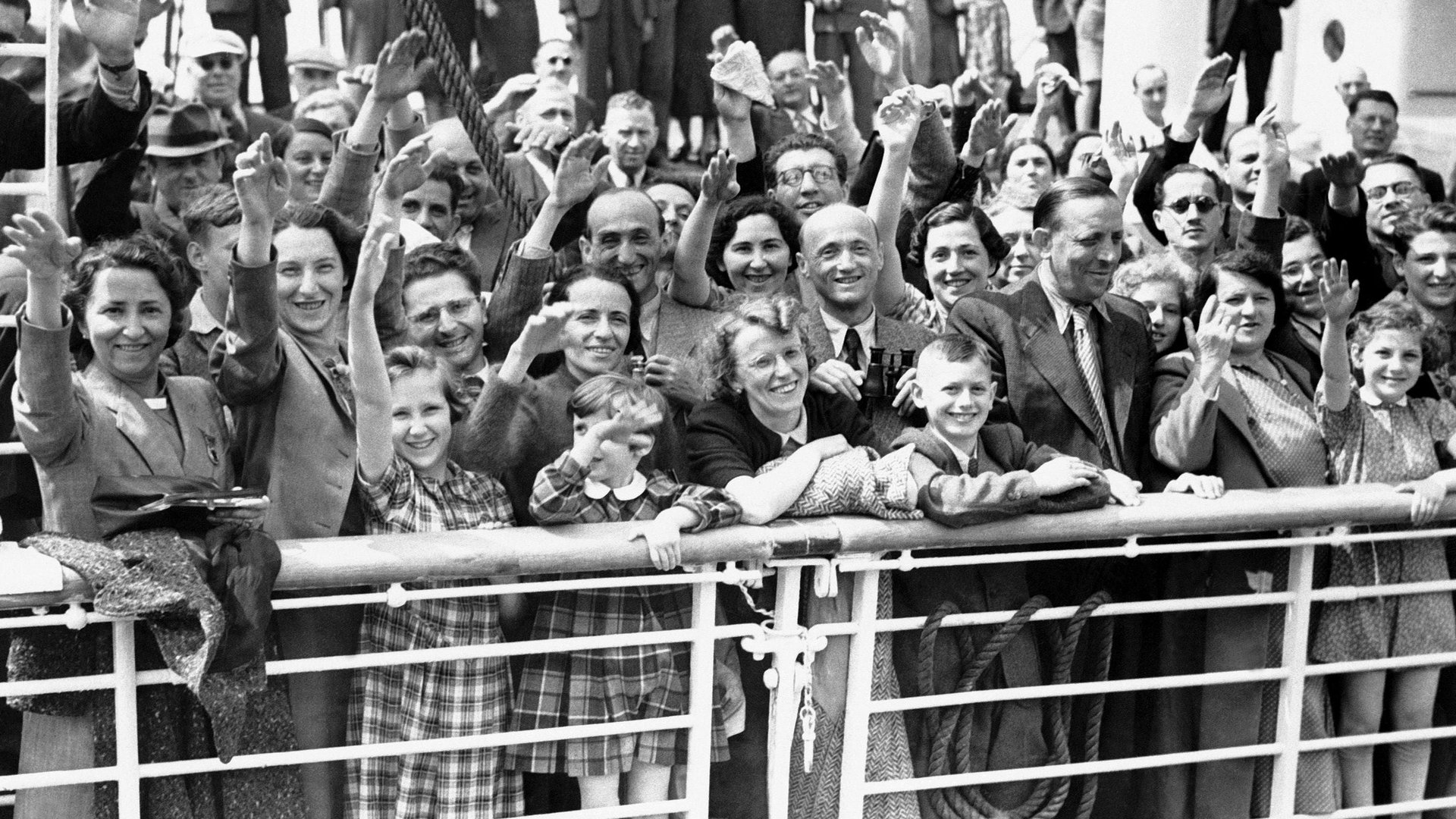This Holocaust remembrance project is tweeting the names of refugees who died because the US turned them away
The United States’ approach to immigration is changing dramatically under president Donald Trump. On Wednesday, Trump signed an executive order targeting illegal immigrants, and is soon expected to sign another that could indefinitely block certain refugees.


The United States’ approach to immigration is changing dramatically under president Donald Trump. On Wednesday, Trump signed an executive order targeting illegal immigrants, and is soon expected to sign another that could indefinitely block certain refugees.
A new Twitter account is highlighting another example of the US denying entry to refugees. Using data from the United States Holocaust Memorial and Museum (USHMM), a Holocaust Remembrance Day project is tweeting out the names and stories of passengers from the St. Louis Manifest, a German transatlantic liner carrying 937 passengers, the vast majority of whom were Jews fleeing the Third Reich. The ship was forced to return to Europe after Cuba and the United States denied its passengers entry.
The Manifest was originally headed for Cuba, where most of its passengers planned to stay until the US approved their visas. But by the time they arrived, the Cuban president had issued a decree invalidating passengers’ recently issued landing certificates, forcing the ship to turn around with most of them still on board. Although the liner sailed close to the United States, and some passengers had contacted president Franklin D. Roosevelt to ask for refuge, the US did not take measures to permit the refugees to enter the country.
As the USHMM explains on its website:
Public opinion in the United States, although ostensibly sympathetic to the plight of refugees and critical of Hitler’s policies, continued to favor immigration restrictions. The Great Depression had left millions of people in the United States unemployed and fearful of competition for the scarce few jobs available. It also fueled antisemitism, xenophobia, nativism, and isolationism. A Fortune Magazine poll at the time indicated that 83 percent of Americans opposed relaxing restrictions on immigration. President Roosevelt could have issued an executive order to admit the St. Louis refugees, but this general hostility to immigrants, the gains of isolationist Republicans in the Congressional elections of 1938, and Roosevelt’s consideration of running for an unprecedented third term as president were among the political considerations that militated against taking this extraordinary step in an unpopular cause.
The Manifest ultimately returned to Europe, where its passengers were admitted to Great Britain, the Netherlands, Belgium, and France. According to the USHMM, about half of them survived the Holocaust, while 254 died. By the end of Jan. 27, the Remembrance project will have tweeted all 254 of those victims’ names.
The Twitter account was created by Russel Neiss and Rabbi Charlie Schwartz, both of whom work in Jewish education. Neiss says he would not necessarily compare today’s political climate with that of the Holocaust, but that the history of the Manifest is still important context for today. ”We don’t talk about history just to talk about history,” he says. “We talk about history to inform the world we live in.”